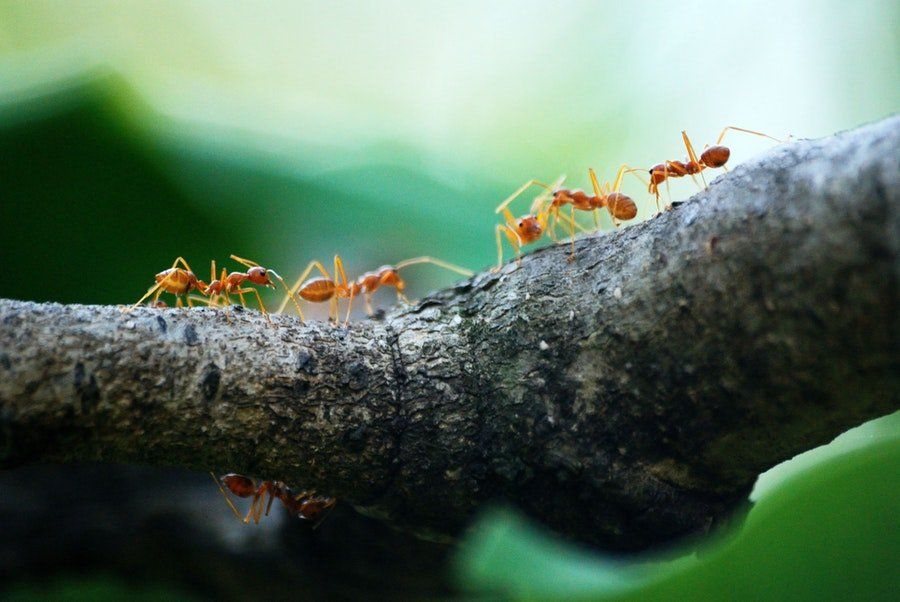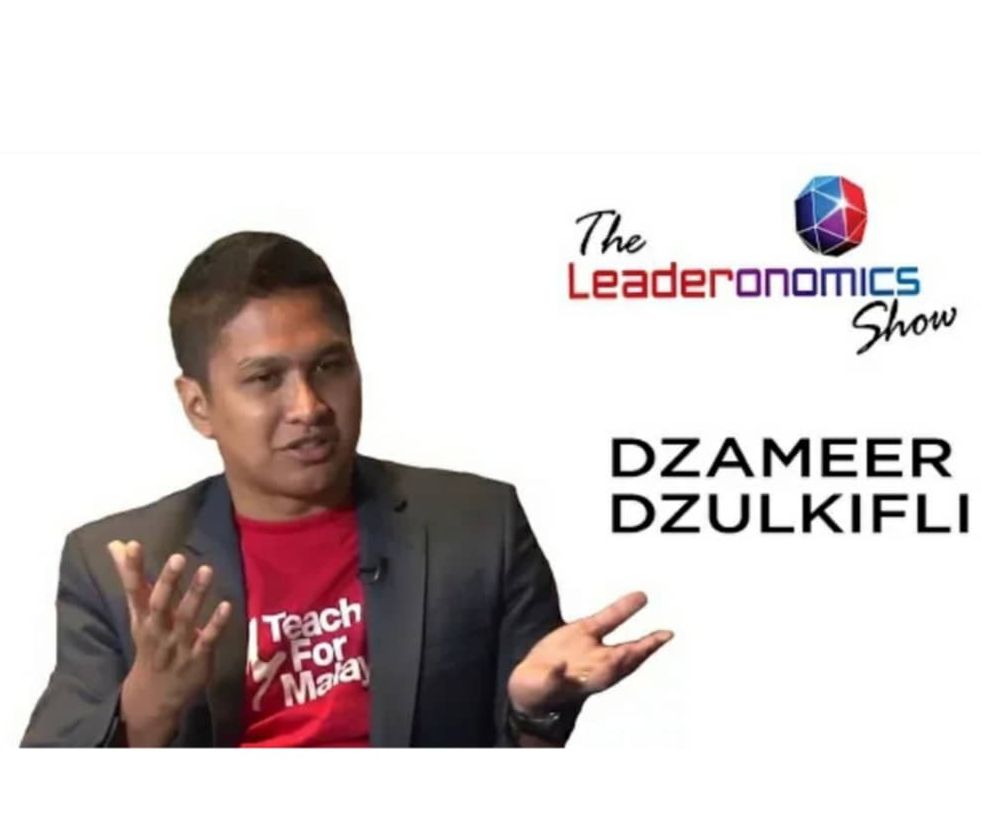Be Like Water, My Friend

Unorthodox as the title may seem, Zen leadership turns traditional leadership on its head and that is exactly what it is.
Understanding this style of leadership and its roots in the art of Zen is important because the progression of the working world has called for updated forms of management.
How does one do so?
People
Focus on people and make sure that the connections are stable. In Zen, there are little nuggets of analogies – “Koan” that helps one to test the stability of relationships.
This was originally used to test the mastery of the practitioners of Zen. Many a times, it involves subversions that provoke thinking and when applied properly can spur people into pondering about things.
Koan focuses on people; it pushes people. One can understand more from doubts than a brief moment of clarity.
Work
Work has come a long way from the industrial age into a creative era wherein more heuristic work is needed. With Zen, one understands that everything is something.
It is also noted that this sort of praise is better because of its inherent intrinsic and intangible qualities, which ensures that people get something different all the time.
Place
This refers to an environment that is peaceful like a calm sea and where water always fits the container in which it is in.
Each agile person in any given environment is able to flow like water and fit in when poured from one container to another. As in Bruce Lee’s famous saying:
“You must be shapeless, formless, like water. When you pour water in a cup, it becomes the cup. When you pour water in a bottle, it becomes the bottle. When you pour water in a teapot, it becomes the teapot. Water can drip and it can crash. Become like water my friend.”
Such environments are the proverbial teapots and glasses that enable your workplace to flourish because adaptability and synergy become key.
A concluding Koan
“How do I know what I think until I see what I say?” E. M. Forster once said.
I then pose this question to you, “How do I know that what I have seen is what I have said what I’ve thought?”
Thought-provoking? I leave it up to you to decide.
Drop us a line or two in the comment box below or email us at editor@leaderonomics.com. For more Try This articles, click here.
Leadership






